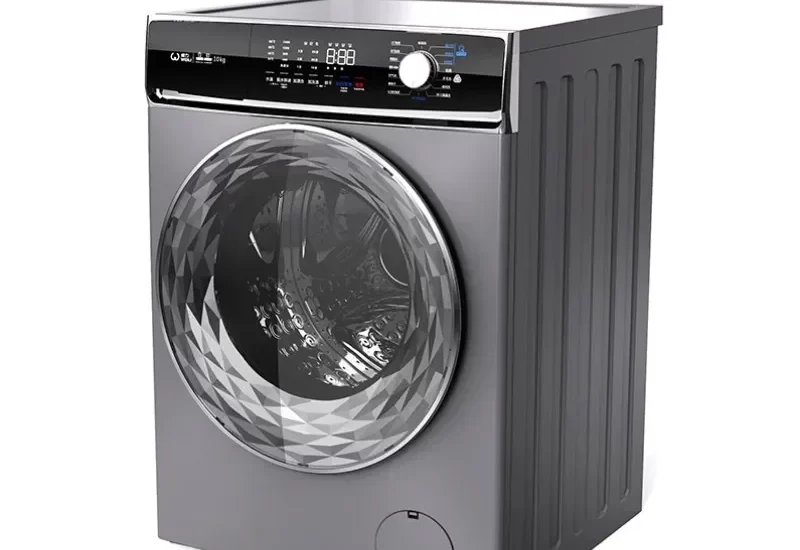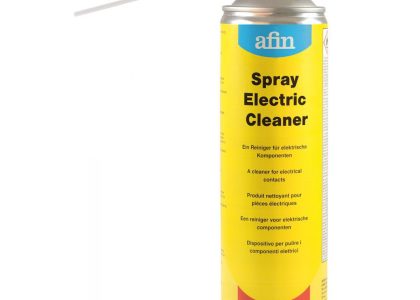Introduction:
Discovering black mold in your washing machine can be a concerning issue. Not only does it affect the cleanliness of your clothes, but it can also pose risks to your health and the longevity of the machine. In this comprehensive guide, we will explore the causes of black mold growth in washing machines, the potential risks associated with it, and effective remedies to eliminate and prevent its recurrence. By understanding these factors, homeowners can take proactive measures to maintain a clean and healthy washing machine.
Here are some common materials used in the construction of washing machines:
Stainless Steel:
Stainless steel is commonly used for the tub or drum of washing machines. It is resistant to rust and corrosion, making it durable and suitable for contact with water and detergents. Stainless steel drums are also known for their ability to withstand high spin speeds and handle heavy loads.
Plastic:
Many parts of washing machines, including the outer casing and control panels, are often made from plastic. Plastic is lightweight, cost-effective, and resistant to moisture. It is also easily molded into various shapes and sizes, allowing for flexible design options.
Glass:
Some washing machines feature a glass door or window on the front panel, allowing users to monitor the washing process.
Electronic Components:
Washing machines contain various electronic components, including circuit boards, wiring, and connectors.
Coatings and Paints:
Washing machines often have coatings or paints applied to the outer surfaces for aesthetic purposes and to provide protection against scratches, stains, and moisture.
Here are some of the harms associated with black mold in a washing machine:
The presence of black mold in a washing machine can pose several potential hazards and health risks. Here are some of the harms associated with black mold in a washing machine:
Indoor Air Quality:
Black mold releases spores into the air, which can lead to poor indoor air quality. There will be a bad smell in the air. Breathing in mold spores can cause respiratory issues such as coughing, wheezing, and exacerbation of asthma symptoms. Individuals with allergies or weakened immune systems may be more susceptible to these effects.
Allergic Reactions:
Exposure to black mold can trigger allergic reactions in some individuals. Symptoms may include sneezing, itching, watery eyes, and skin rashes. Prolonged or repeated exposure may lead to more severe allergic responses.
Respiratory Problems:
Continuous exposure to black mold spores can cause or worsen respiratory problems, particularly in individuals with pre-existing respiratory conditions such as asthma or chronic obstructive pulmonary disease (COPD). Respiratory symptoms may include difficulty breathing, chest tightness, and coughing.
Toxicity:
Certain strains of black mold, such as Stachybotrys chartarum, can produce mycotoxins, which are toxic substances. Prolonged exposure to high levels of mycotoxins may result in more severe health effects, including neurological symptoms, fatigue, nausea, and even organ damage in extreme cases.
Contamination of Clothing:
Black mold growth in a washing machine can transfer onto clothes and other items being washed. This may cause staining, odors, and the spread of mold spores to other areas of the home.
Damage to the Washing Machine:
Black mold can damage the internal components of the washing machine, such as seals, gaskets, and hoses. This may affect the functionality and lifespan of the appliance, leading to expensive repairs or the need for a replacement.
It is important to address black mold in a washing machine promptly. Regular cleaning, proper maintenance, and ensuring proper ventilation in the laundry area can help prevent or mitigate the growth of mold. If black mold is present, it is advisable to consult with professionals experienced in mold remediation to ensure safe and effective removal.
Causes of Black Mold Growth in Washing Machines
Dampness and Moisture:
Excessive moisture or damp environments provide an ideal breeding ground for mold growth.
Poor ventilation, water leaks, or prolonged wetness can contribute to the development of black mold in the washing machine.
Organic Residue:
Leftover detergent, fabric softener, or organic material from dirty clothes can accumulate in the machine, creating a food source for mold.
Inadequate cleaning or a buildup of residue can promote mold growth.
Risks Associated with Black Mold in Washing Machines
Health Risks:
Black mold or any type of mold in the washing machine can release spores into the air, potentially causing respiratory issues, allergy symptoms, or exacerbating existing respiratory conditions.
Clothing Contamination:
Mold spores can transfer onto clothing during the washing process, leading to mildew-like odors and potential skin irritation or allergic reactions.
Impact on Appliance Performance:
Mold can impact the performance and longevity of the washing machine, affecting the effectiveness of cleaning and potentially leading to malfunctions or breakdowns.
Remedies to Eliminate and Prevent Black Mold Growth
Regular Cleaning and Maintenance:
Follow the manufacturer’s guidelines for routine cleaning and maintenance of the washing machine.
Clean the detergent dispenser, rubber door gasket, and other accessible parts regularly to remove residue and prevent mold growth.
Proper Ventilation:
Ensure the washing machine area has proper ventilation to promote air circulation and minimize humidity.
Keep the washing machine door open after use to allow for drying and prevent moisture buildup.
Use Appropriate Detergents:
Choose high-efficiency (HE) detergents with anti-bacterial or mold-fighting properties to prevent mold growth.
Avoid using excessive amounts of detergent or fabric softeners, as they can leave residue and contribute to mold development.
Regular Cleaning of Seals and Gaskets:
Wipe down rubber door gaskets and seals after each use and periodically clean them with a mild solution of water and vinegar to remove any mold or mildew buildup.
Run Cleaning Cycles:
Periodically run empty cycles with hot water and a cleaning solution specifically designed to remove mold and mildew.
This helps to disinfect the machine and eliminate any hidden mold.
Conclusion:
The presence of black mold in a washing machine poses risks to both health and appliance performance. By understanding the causes of mold growth and implementing the effective remedies outlined in this comprehensive guide, homeowners can eliminate black mold and prevent its recurrence. Regular cleaning and maintenance, proper ventilation, use of appropriate detergents, and periodic cleaning of seals and gaskets are key preventive measures. Additionally, running cleaning cycles with mold-fighting solutions will help maintain a clean and healthy washing machine. By taking these proactive steps, homeowners can ensure the longevity of the machine and protect their well-being. A clean and mold-free washing machine will preserve the cleanliness of your clothes and provide peace of mind for you and your family.





